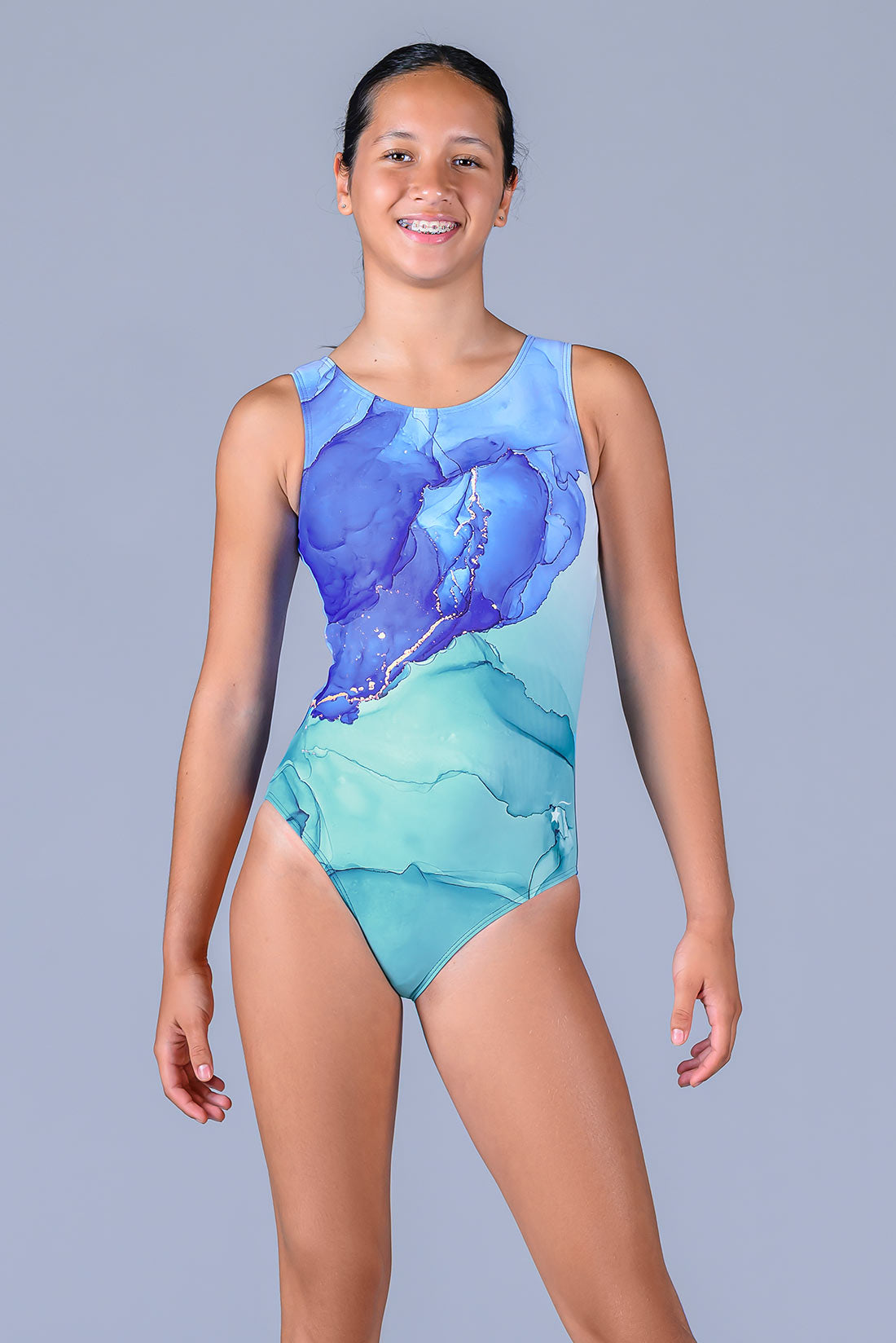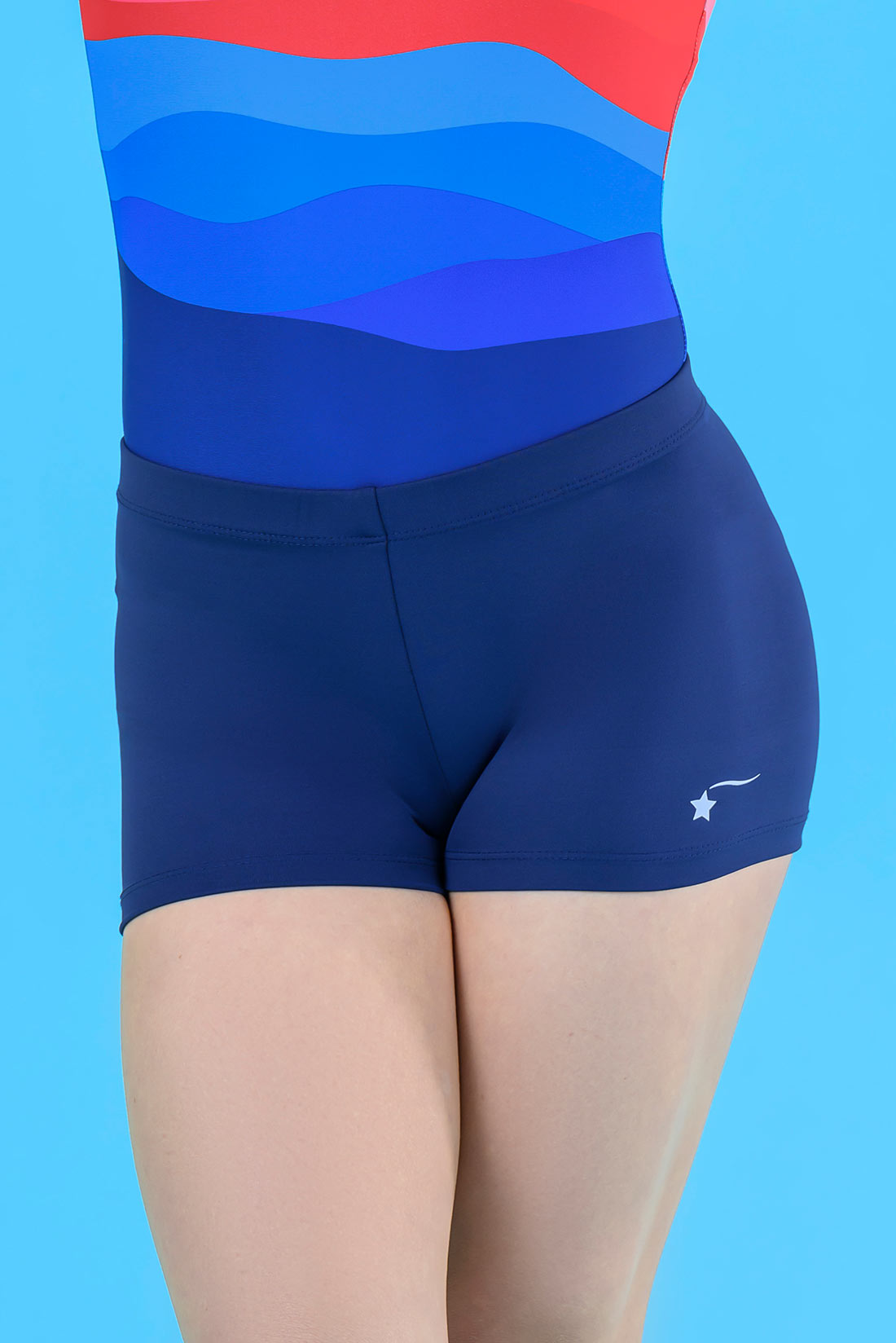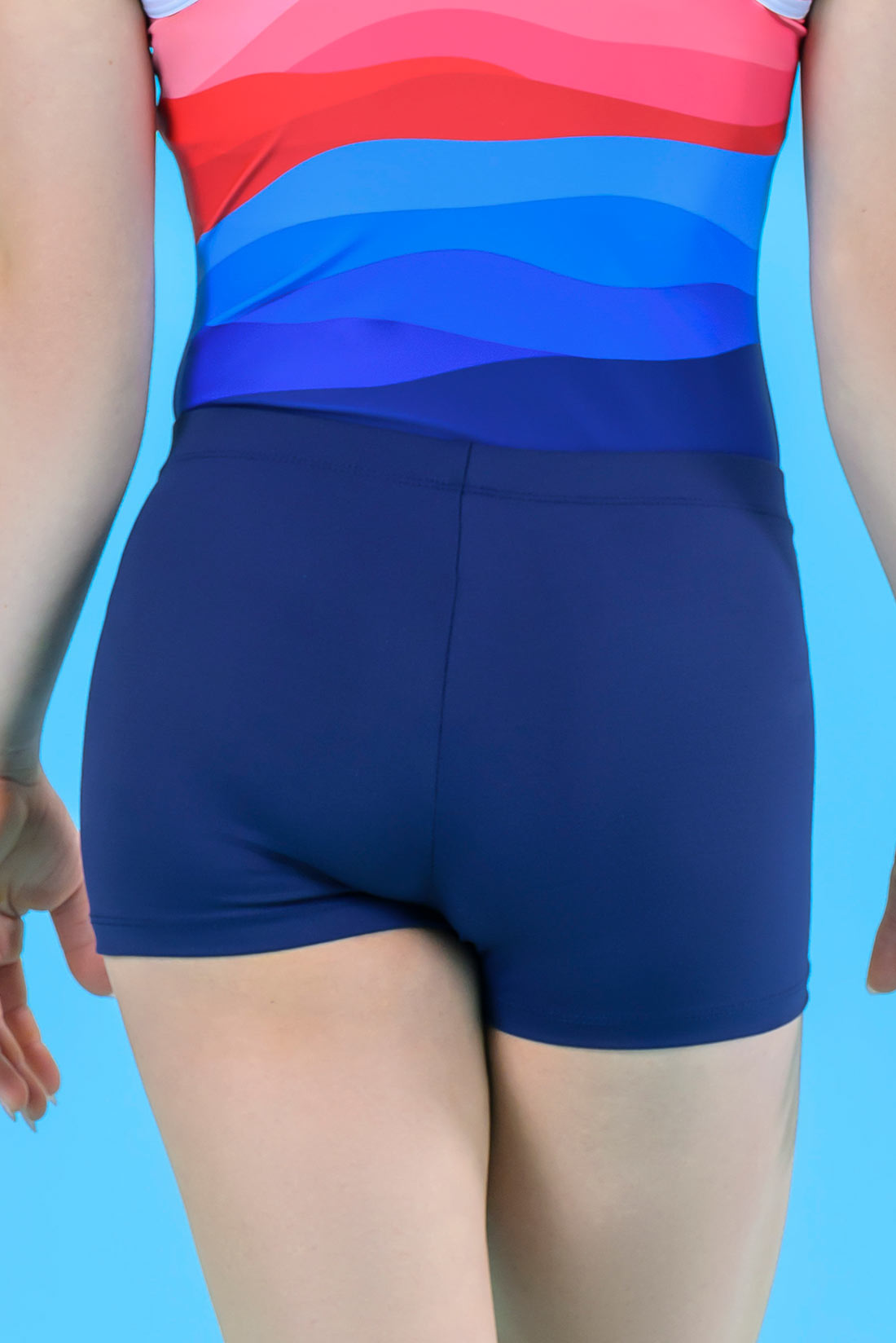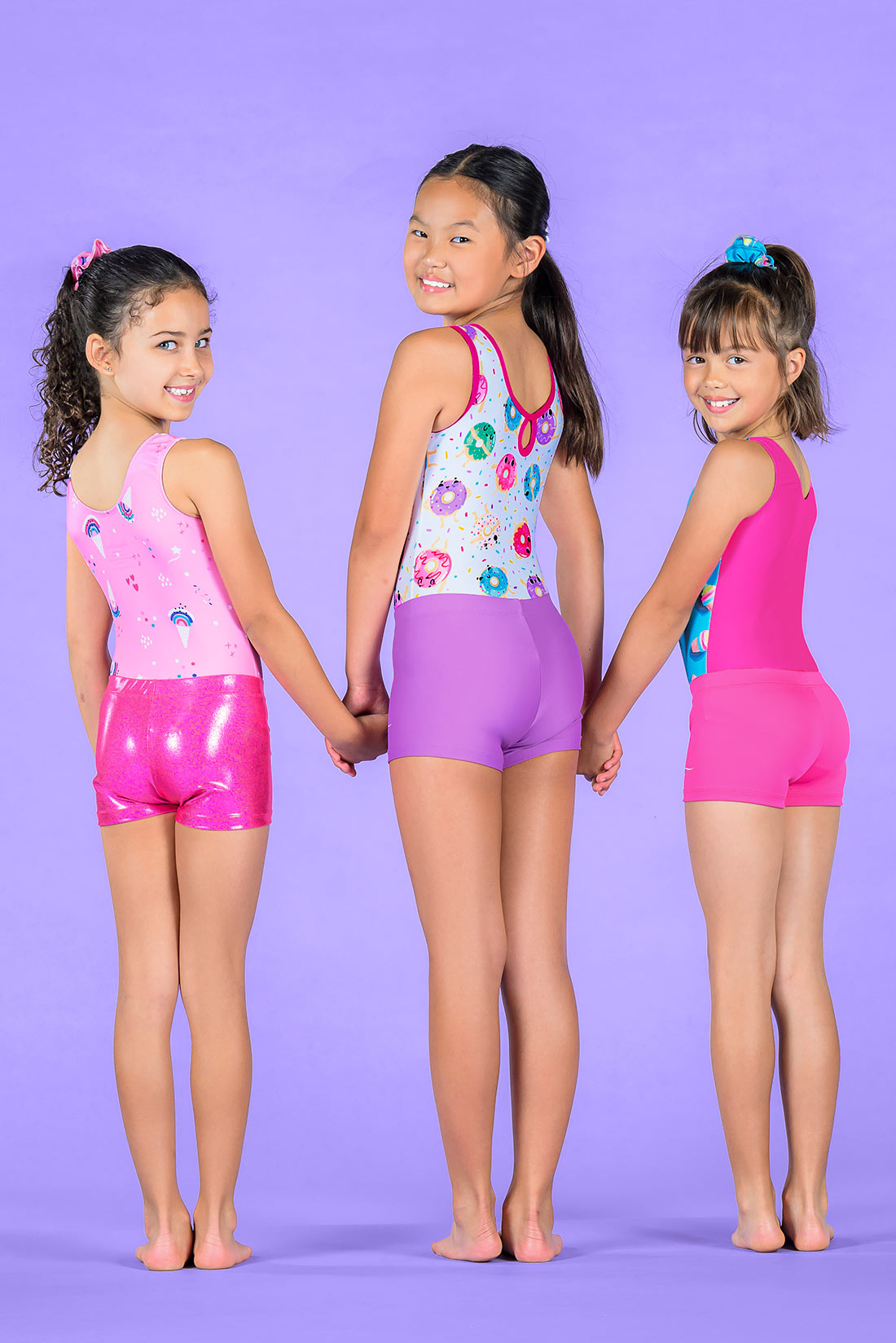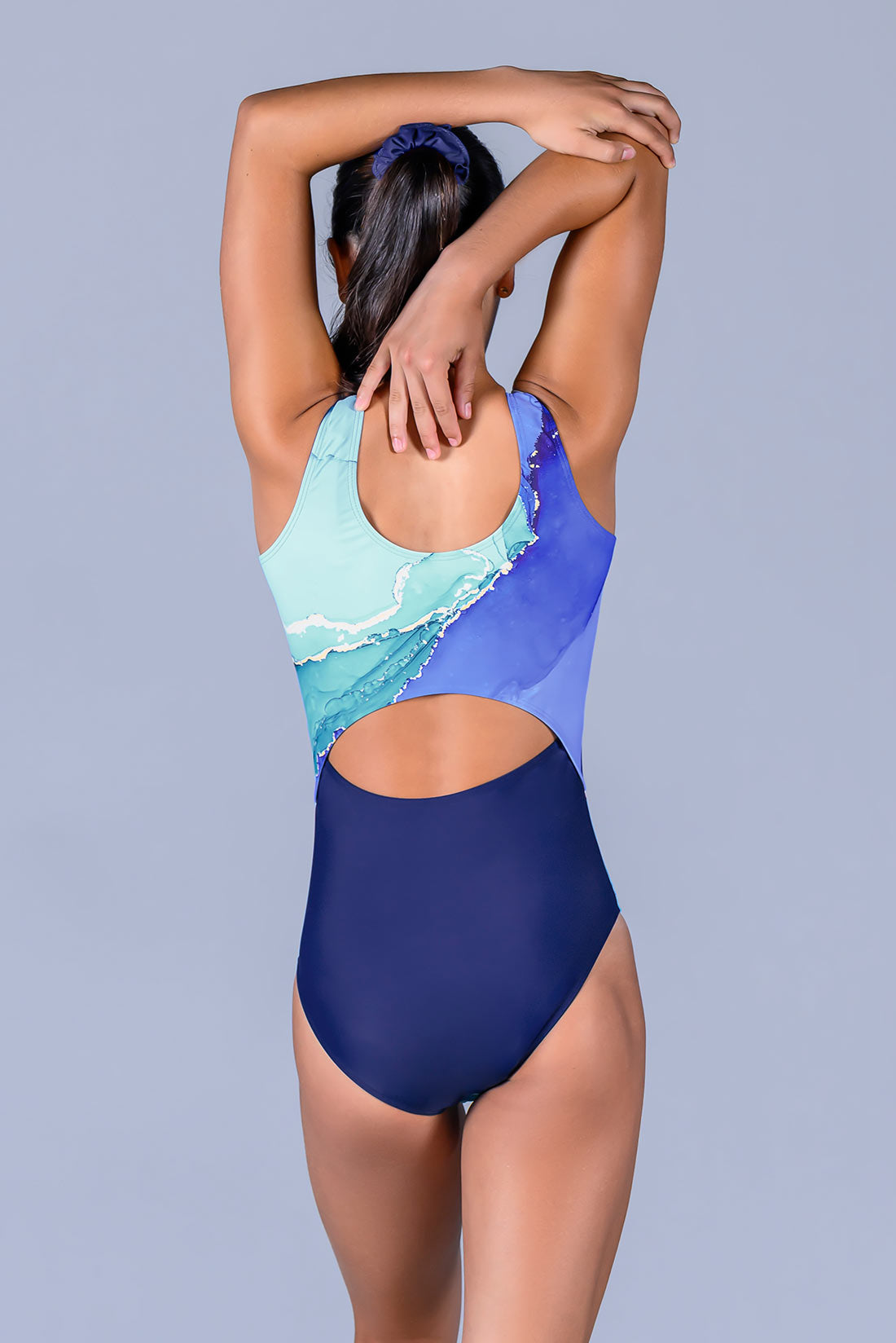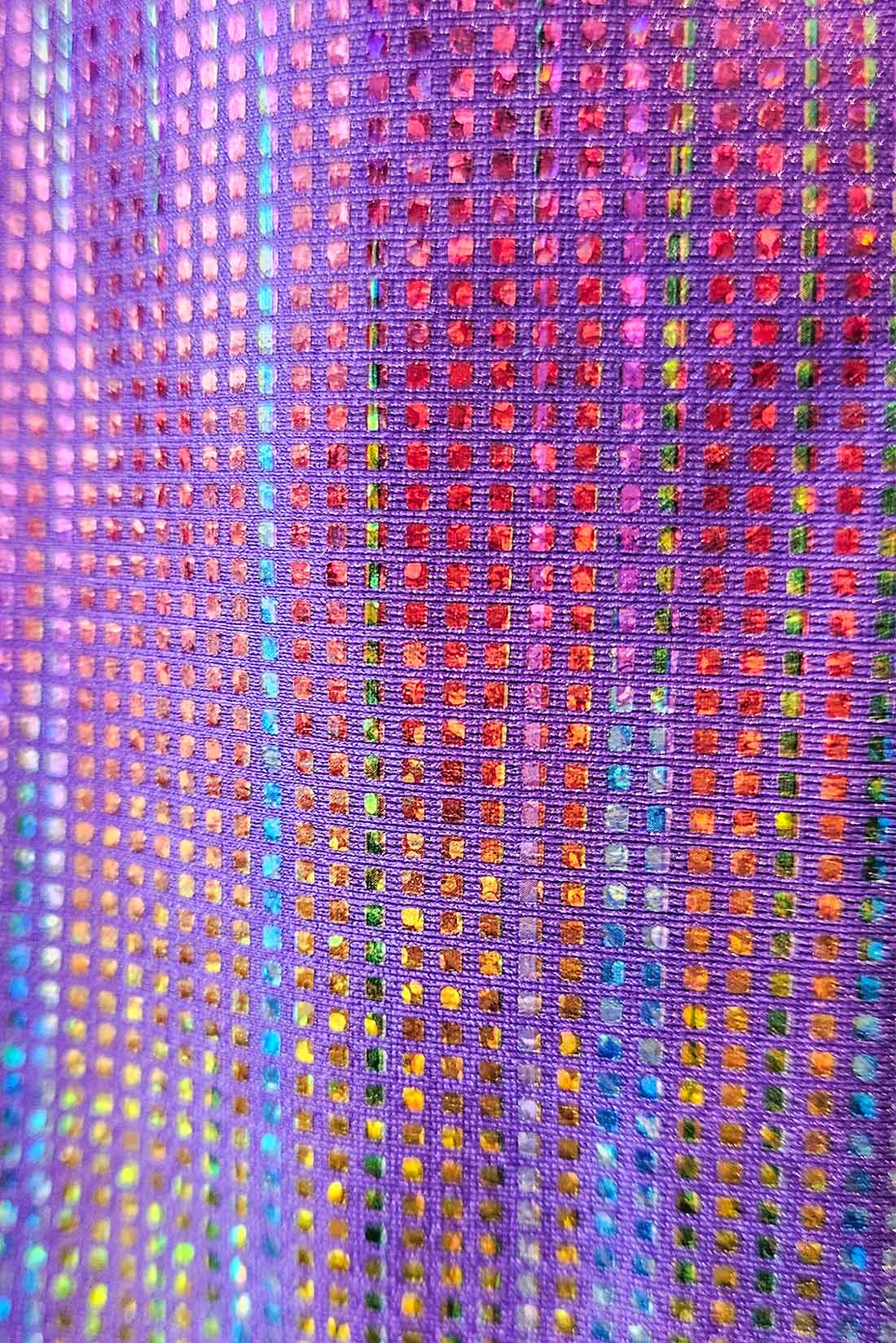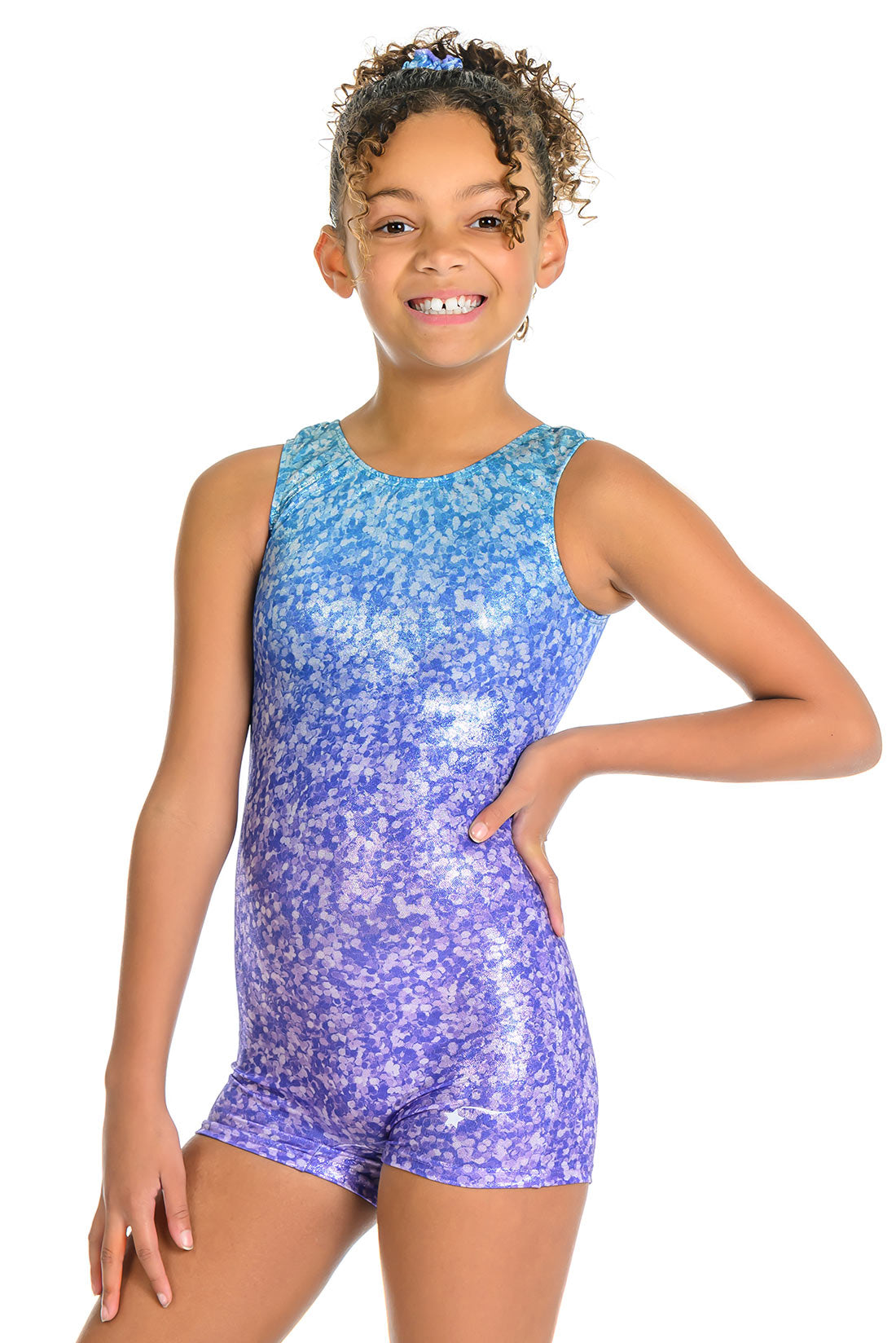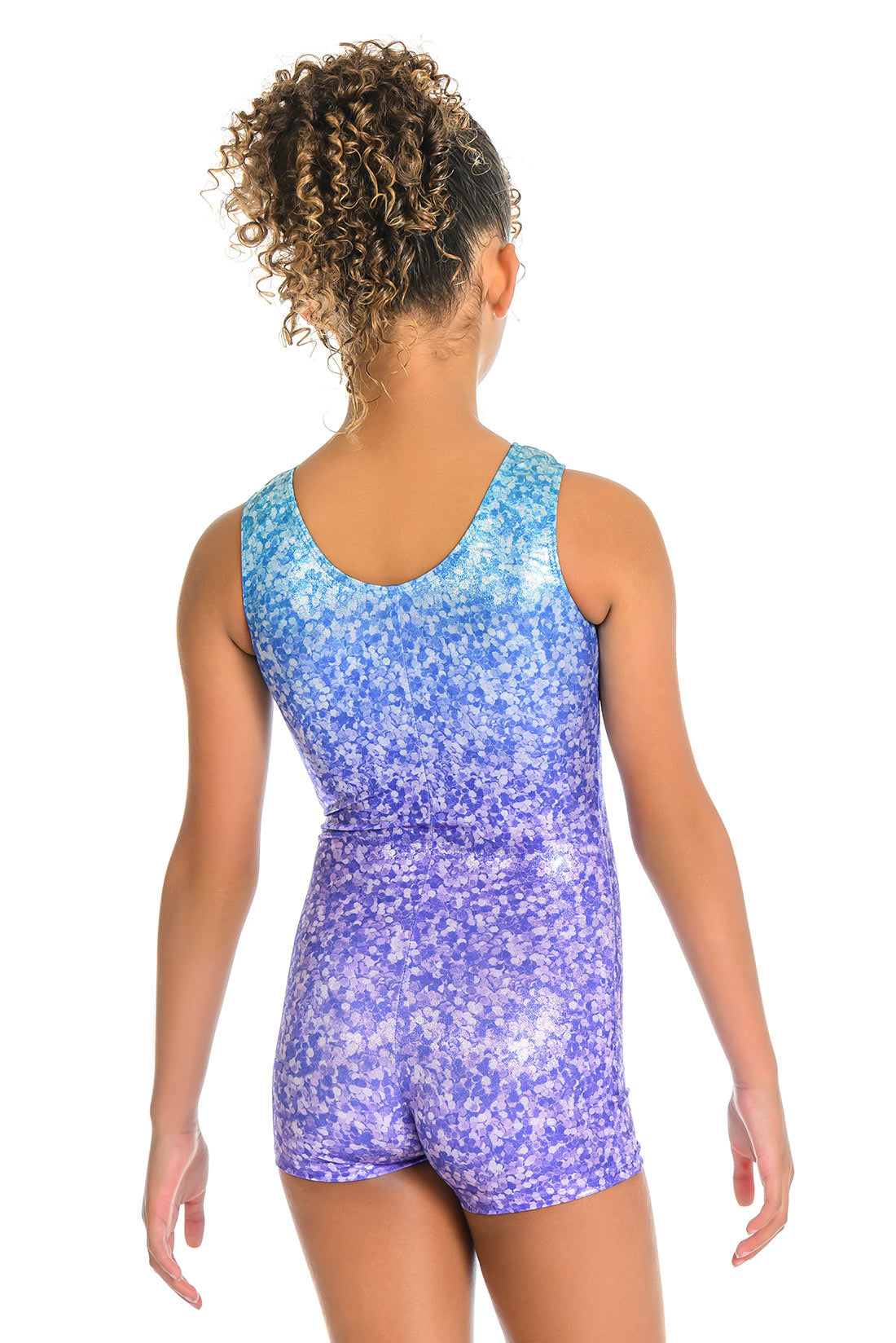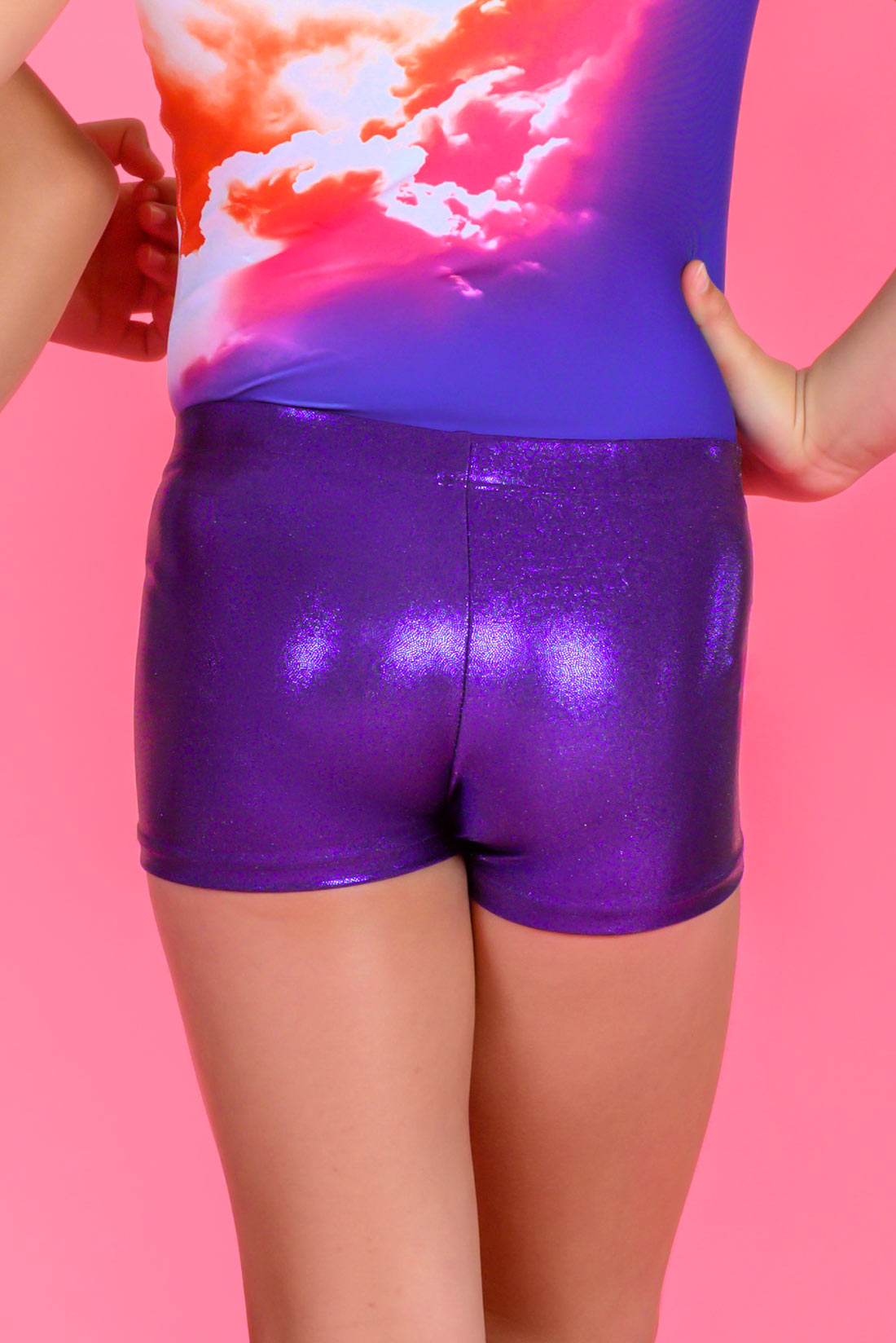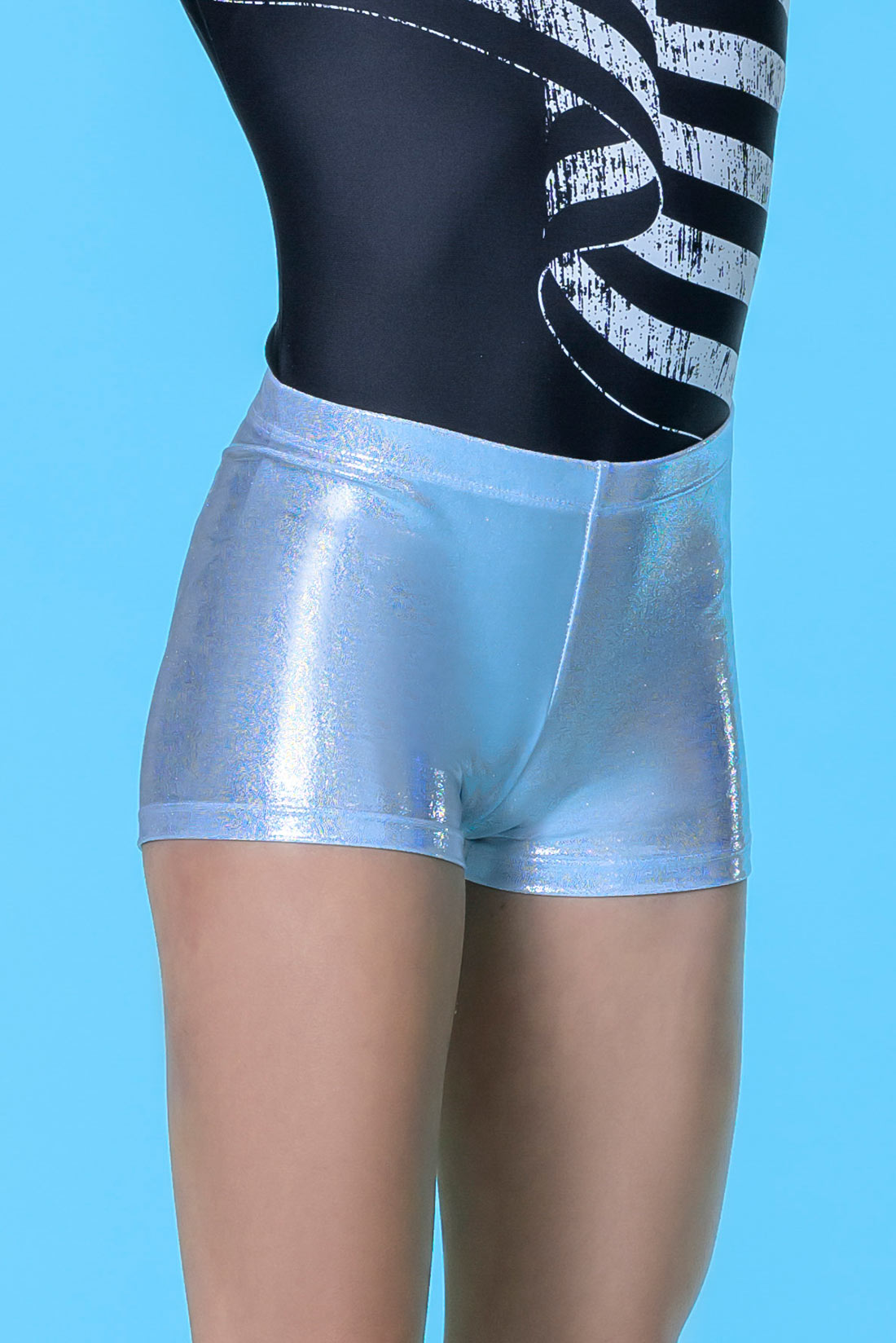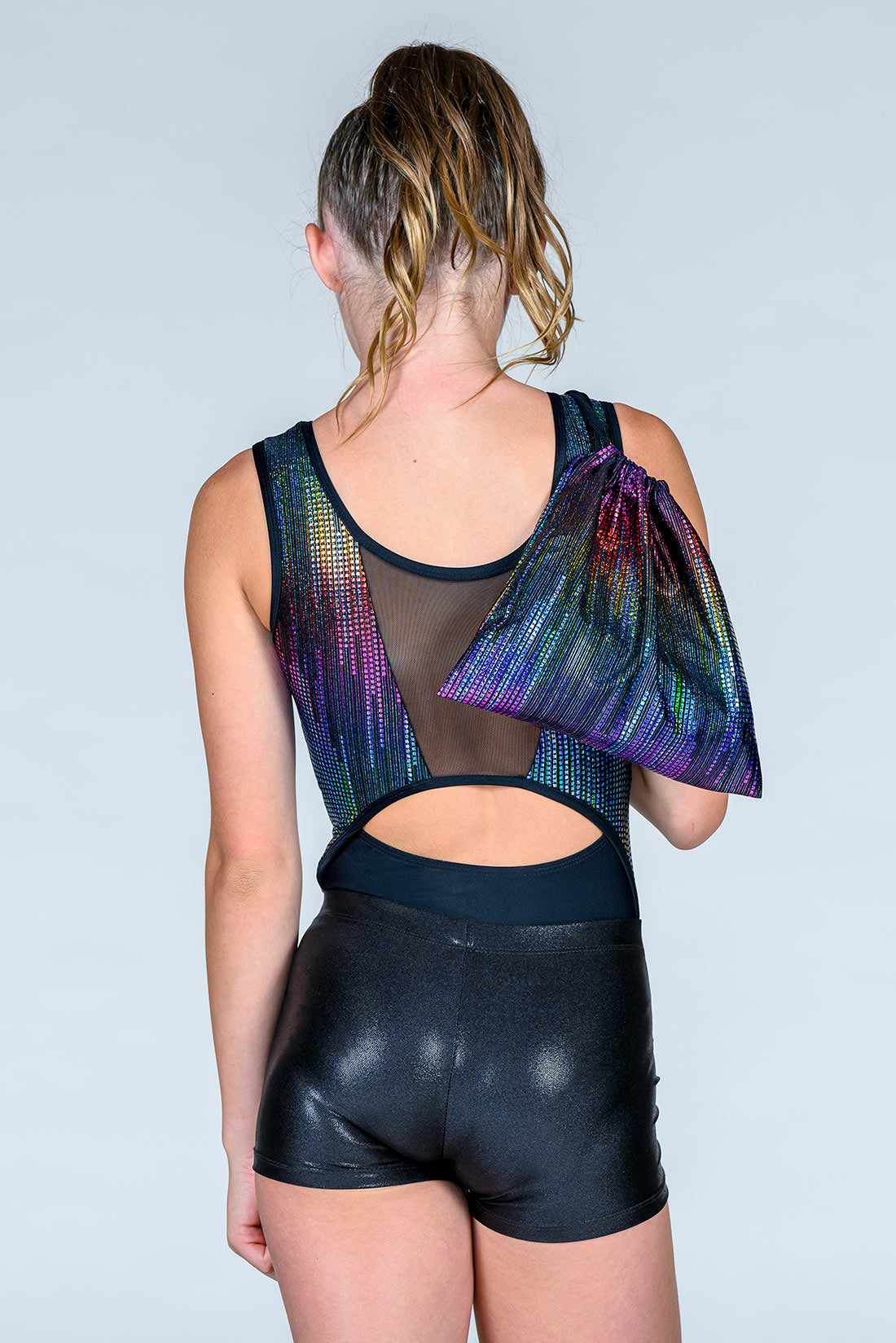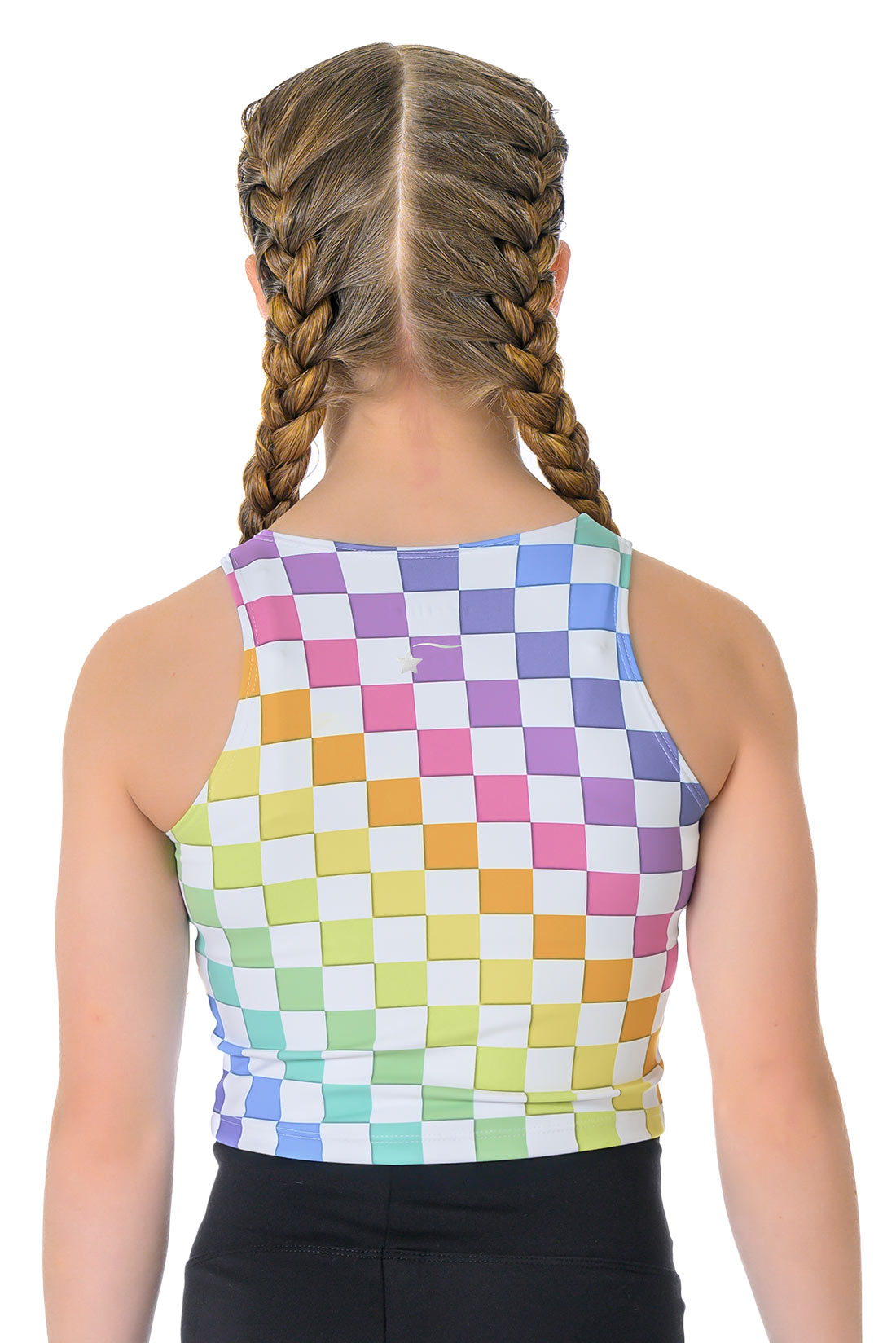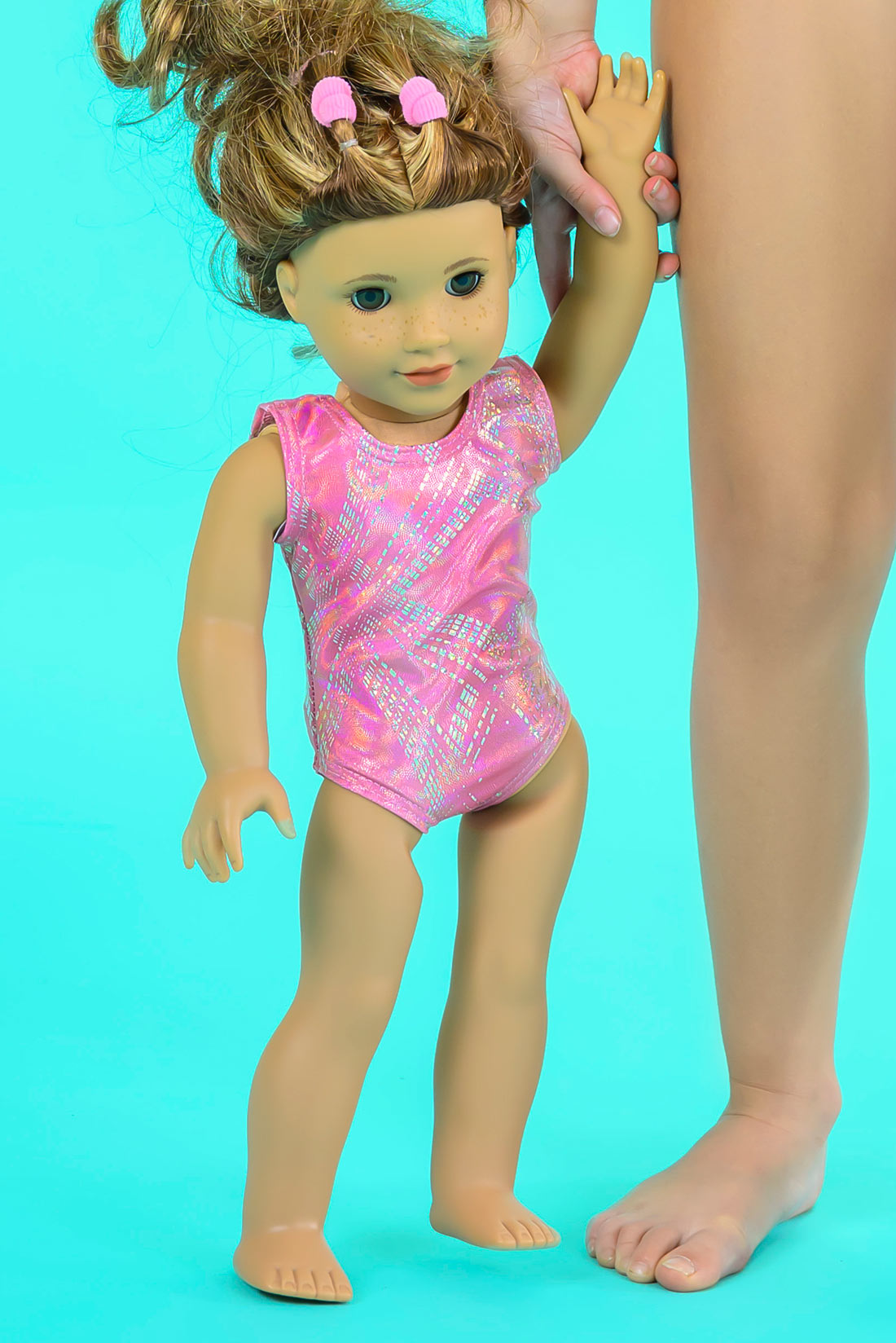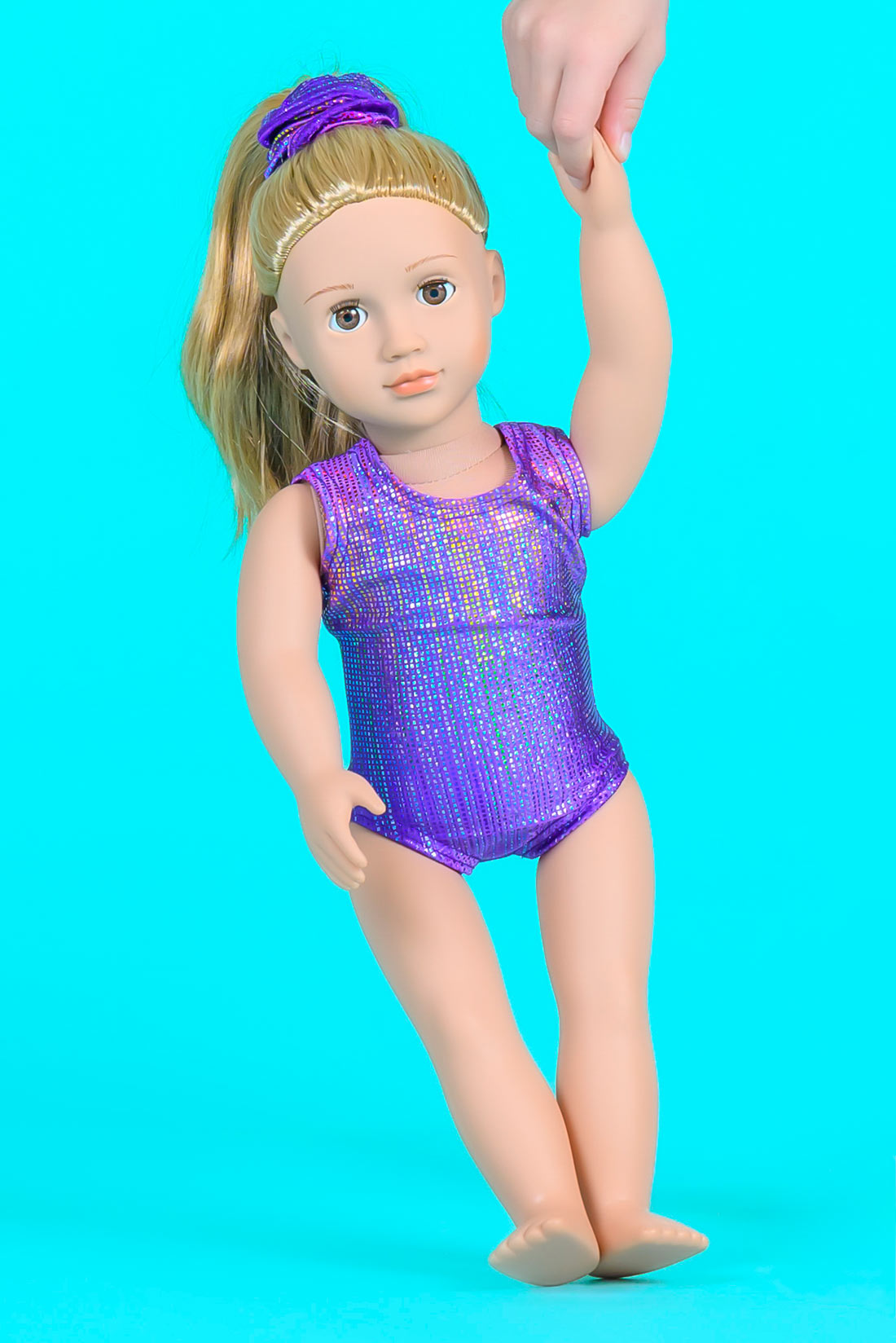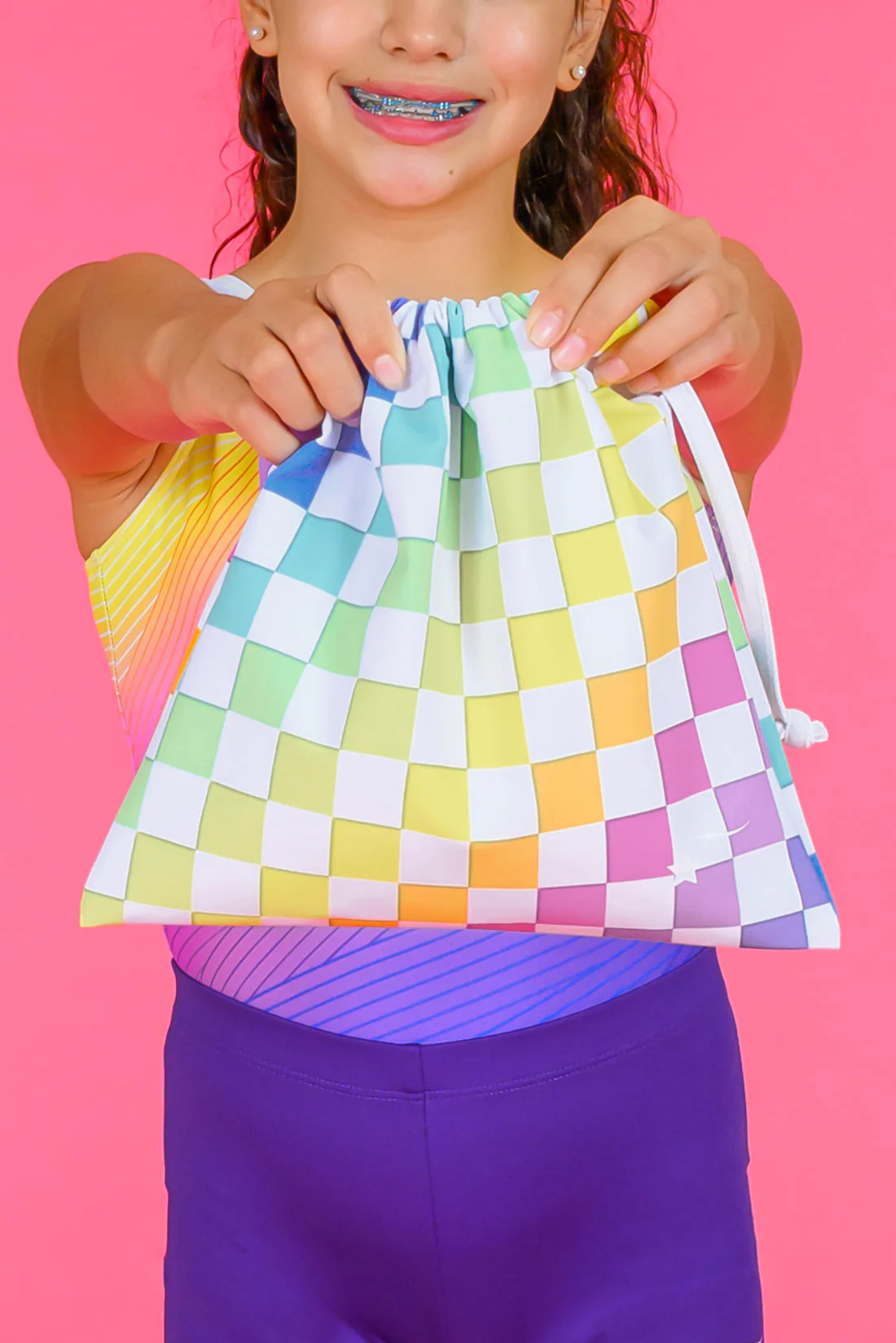Rips…. part of the package!
Tips and tricks on treating and taking care of your rips!
Have you gotten your first rip? Do you rip often? One of the hardest things about being a gymnast is having to swing bars when you have a rip on your hand or wrist. However, it’s important to be able to work through a rip because you may have one at your State Championship meet or another important competition. But, we know… it still hurts!
Rips are part of being a gymnast and happen to everyone. Some gymnast’s rip more frequently and others not as much depending on how soft the skin on your hands is. Nowadays most uneven bars are made from fiberglass with a wood coating. While the skin on your hands is relatively thick (some more than others), the amount of friction created between the palm of your hand and the bar can cause the skin to peel off (or “rip” as we say).
Here, we’ve broken down a few prevention and treatment methods for caring for your rips and getting them to heal quickly so you’re back in full swing in no time!
Prevention
There’s no guarantee you will not get a rip. Like we said, it comes with the territory. However, there are a few things you can do to help them occur less frequently:
- Check the chalk on your hands every time you swing on the bars. Too much chalk can lead your hands to dry out and crack. Small amounts of chalk on the palm of your hand is sufficient to soaking up any perspiration. (Note, we are talking about your hands NOT your grips)!
- If you’re ripping on your wrists (especially common for optional athletes who swing bars multiple hours per week) try using pre-wrap. Pre-wrap will keep your wrists from chafing.
- Change your wrist bands frequently. Chalk and sweat dry out your wrist bands and cause your wrists to chafe. Washing your wrist bands frequently is helpful but changing them often is even better because there’s no chalk residue or build up in new wrist bands.
- Calluses are a result of ripping but also cause rips when the buildup gets too big. If you notice new calluses forming shave them down before they blister. If you see a callus building up on your hand file, it down with a nail file or pumice stone.
Treatment
- If you do rip and have skin hanging off, use a nail clipper to cut the rip at the top so that more skin does not peel back. If you cannot clip the skin off at gym, make sure to wash it with soap and water as soon as you can and cover it with a band aid or tape. Cut it off when you get home making sure to use sterilized tools.
- When you’re not at gym, make sure to keep it moisturized and covered by a band aid.
- Neosporin is helpful in healing the skin as well as preventing infection.
- Use Vitamin E on your rip at night. Vitamin E is helpful to the health and rejuvenation of your skin and also has antioxidants in it.
- Soak your hands/ rips in salt water. Heavily saturated sea salt water will help to dry out the rip and it will callus over more quickly. It’s important the rip forms a callus instead of soft new skin which will rip right away.
- Place saturated black tea bags over rips. Black tea is full of healthy substances called polyphenols which are antioxidants that help repair cell growth. Black tea bags will also dry out your hands (similarly to the sea salt) and help to form new calluses.
- Ask your coach to modify your workout (depending on the severity of the rip) for a couple of days to allow your hands time to rest. We understand that if you rip during season this is especially more difficult, but it’s better to help it heal quickly so it doesn’t become a problem in the future.

We’d love to hear your treatment methods for your rips! E-mail us at contact@destira.com and let us know of any new tricks for preventing and treating rips or let us know your favorite!
Happy swinging! For storing your grips checkout our new line of Destira grip bags.



































